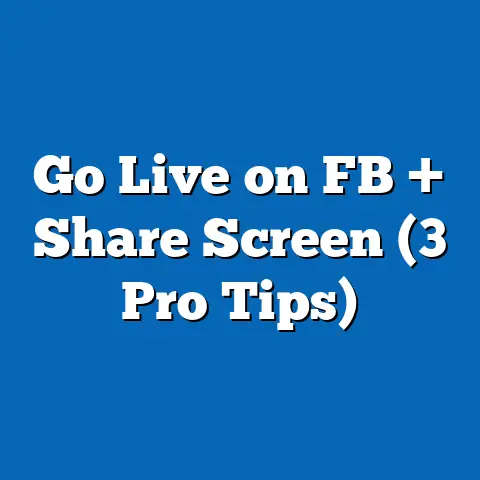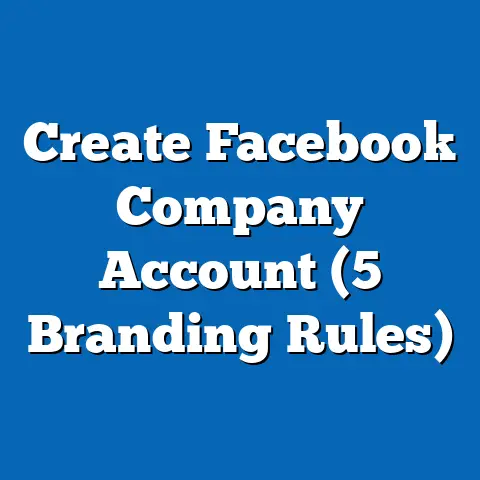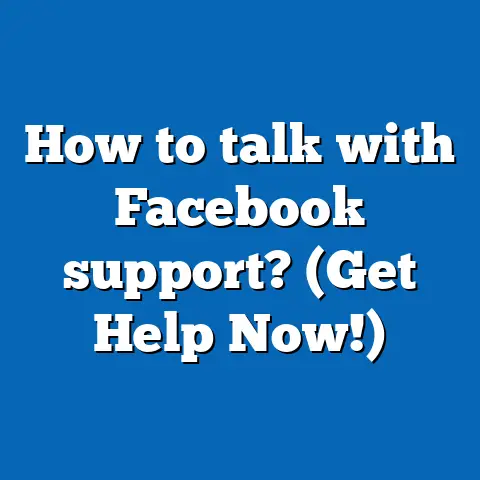Facebook Ad Pricing Revealed (3 Cost Factors)
Facebook Ad Pricing Revealed (3 Cost Factors)
Hey there! Ever found yourself scrolling through Facebook, and suddenly there’s an ad for that adorable pet bed you were eyeing just yesterday? It’s like Facebook knows what your furry friend needs before you do! But how much does it really cost to get your own ads in front of a pet-loving audience like yourself? Let’s chat about this.
Why Should We Care About Facebook Ad Pricing?
If you’re like me, and you can’t resist buying the cutest little outfits for your dog, you know how important it is for pet businesses to reach people like us. But advertising isn’t just about throwing money at Facebook and hoping for the best. Understanding how pricing works can save you a lot of cash and help you reach the right people. So, what are the key factors that affect your costs?
Overview of What We’ll Cover
- Bid Strategy
- Audience Targeting
- Ad Placement
We’ll also dive into some examples and share tips on how to optimize your ad spend. By the end of this, you’ll have a better grip on how to stretch your dollars further.
1. Bid Strategy: How Much Are You Willing to Pay?
Choosing the right bid strategy is like picking the perfect collar for your cat – it should fit just right.
Manual Bidding vs. Automatic Bidding
- Manual Bidding: You set the maximum you’re willing to pay per click or per thousand impressions. This gives you control but requires more attention.
- Automatic Bidding: Facebook decides the bid amount to get the best results within your budget. It’s less hands-on but efficient.
Example: Say you’re promoting a new line of gourmet cat treats. With manual bidding, you might set $1 per click, focusing on quality over quantity. Automatic bidding could adjust bids in real-time, spending more on users likely to buy.
Bid Caps and Target Costs
- Bid Caps: It sets a maximum limit on what you’re willing to pay for a click or impression, giving precise control over costs.
- Target Costs: With this strategy, Facebook aims to keep your average cost over time close to what you specify.
Consideration: If you’re launching a new product and want to control spending while gathering data, a bid cap might be useful. For stable campaigns with predictable returns, target cost could be more effective.
Strategies for Different Campaign Goals
- Awareness Campaigns: Focus on impressions (CPM) to reach as many pet lovers as possible.
- Conversion Campaigns: Opt for cost-per-click (CPC) to pay only when someone clicks through to learn more about your pet products.
2. Audience Targeting: Reaching the Right Pet Lovers
Finding the right audience is like finding the perfect toy for your dog – it keeps them engaged and happy.
Custom Audiences
You can create custom audiences from existing customer lists, website traffic, or app users. This is great for re-targeting.
- Upload Customer Lists: Use your email list to target existing customers with special offers.
- Website Traffic: Utilize Facebook Pixel to re-target visitors who browsed your pet supplies but didn’t buy.
Lookalike Audiences
Lookalike audiences help you find new people who are similar to your current customers. It’s a great way to expand.
- Seed Audience: The more data you provide (e.g., past purchasers), the better Facebook can find similar profiles.
- Size of Lookalike: Smaller percentages mean a closer match but less reach; larger ones expand reach but might be less precise.
Interest-Based Targeting
This involves targeting users based on their interests, behaviors, and demographics.
- Pet Enthusiasts: Target users interested in pets, specific breeds, or animal welfare.
- Lifestyle Segmentation: Consider targeting based on lifestyle choices like eco-conscious consumers if you’re selling sustainable pet products.
Tip: Use Facebook’s Audience Insights to understand the demographics, interests, and behaviors of your audience. This tool is gold for tailoring your ads.
3. Ad Placement: Where Your Ads Show Up Matters
Deciding where your ads appear is crucial. Facebook offers several placements – News Feed, Stories, Instagram, Messenger, etc.
Automatic vs. Manual Placement
- Automatic Placement: Facebook decides where your ad is shown.
- Manual Placement: You choose specific platforms and areas.
Understanding Different Placements
- Facebook News Feed: Great for engagement with visually appealing content.
- Instagram Feed/Stories: Perfect for reaching younger audiences with lifestyle-oriented pet products.
- Messenger Ads: Engage users directly with personalized offers or updates about pet supplies.
- Audience Network: Extends reach beyond Facebook’s platforms.
Pro Tip: Test different placements to see which works best for your pet products. Maybe mobile users love browsing for grooming tools in Stories!
Practical Tips for Reducing Costs
- A/B Testing: Experiment with different ad copies, images, and targeting options to see what works best.
- Ad Quality: High-quality visuals and clear messaging can improve engagement and lower costs.
- Budget Control: Set daily or lifetime budgets to manage spending.
Real-World Example: Pet Supply Store
Consider a pet supply store wanting to promote a new line of eco-friendly dog toys. They might:
- Use lookalike audiences based on their current buyers.
- Run A/B tests on ad creatives focusing on sustainability.
- Choose placements on Instagram where pet content thrives.
Advanced Techniques and Insights
Seasonal and Event-Based Targeting
Leverage holidays and events relevant to pets (e.g., National Pet Day).
- Create special promotions around these dates.
- Tailor your messaging to tap into the excitement of these events.
Dynamic Ads for Personalized Recommendations
If you have an extensive catalog of pet products, consider using dynamic ads:
- Connect your product catalog for personalized recommendations based on user behavior.
- Show specific items users have viewed or added to their wish list.
Video Content: Engaging Storytelling
Videos often outperform static images in engagement metrics:
- Create short clips showcasing pets enjoying your products.
- Consider tutorials or tips related to pet care that subtly feature your products.
Actionable Takeaways
- Understand Your Audience: Dive into Audience Insights for better targeting.
- Experiment with Bidding Strategies: Find what aligns with your goals.
- Optimize Ad Placements: Test and refine for best performance.
FAQs on Facebook Ad Pricing
Q1: Can I run ads with a small budget?
Yes! Start small and scale as you learn what works.
Q2: How often should I monitor my ad performance?
Regularly – at least weekly, so you can adjust as needed.
Q3: Does ad quality affect pricing?
Absolutely! Better quality ads can lead to lower costs.






